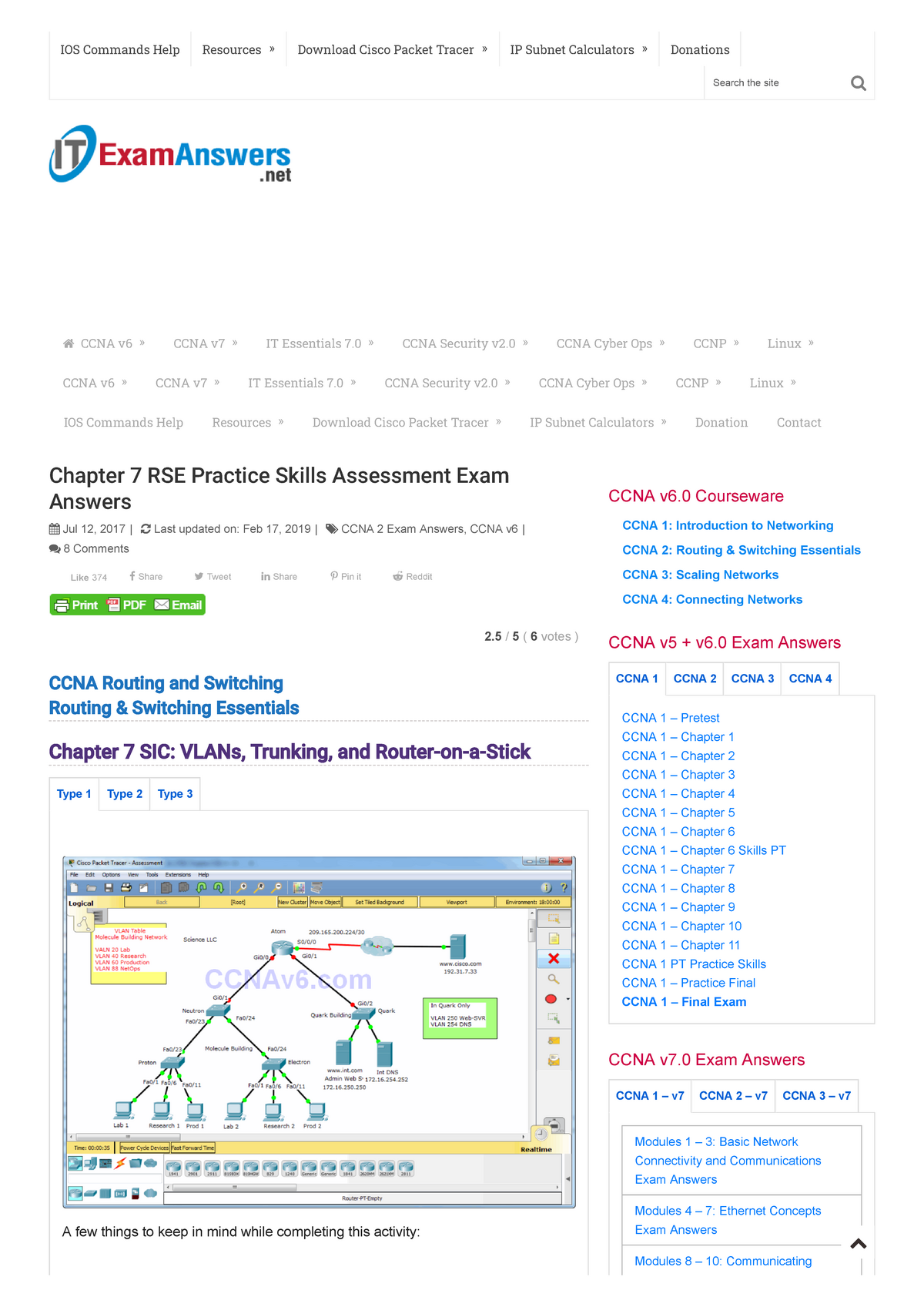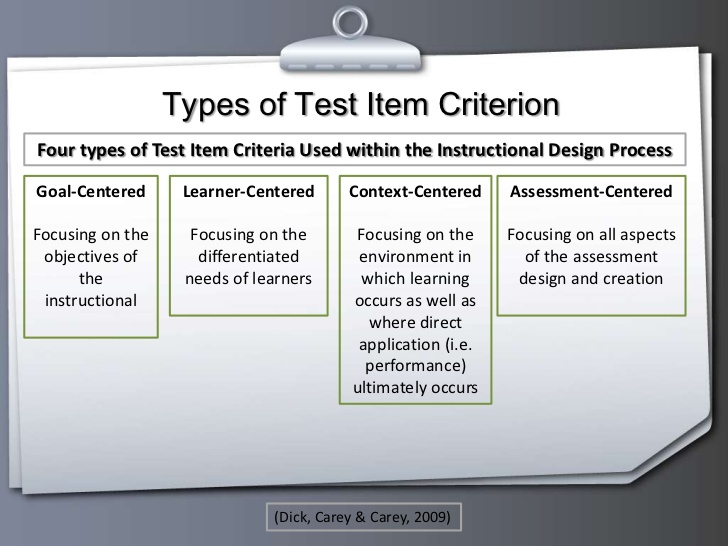

Recent attention in literature has been given to the agency of students in the feedback process. This review outlines a research agenda for the psychometric study of rubrics to be used in social-emotional skill assessment.
#Chapter 7 developing assessment instruments quiz how to
Then, we discuss challenges associated with the development and use of rubrics to evaluate social-emotional skills in youth focusing on 1) assessment of single skills versus assessment of a comprehensive taxonomy of skills 2) developing rubrics’ performance level descriptions that accurately describe increasing mastery of skills 3) obtaining adequate internal consistency and discriminant validity evidence 4) self-reports versus observer reports of skills and finally 5) how to account for adolescents’ development in the construction of rubrics. We first review initiatives of formative assessment and development of rubrics to assess social-emotional skills.

In this scoping review, we examine the knowns and unknowns of the use of formative assessment approaches and rubrics in social-emotional learning.

Although social-emotional rubrics are nowadays commonly used, a thorough evaluation of their psychometric properties has not been conducted. The implications of these findings for both practice and future research on rubrics are discussed.Įducational practitioners have been increasingly interested in the use of formative assessment and rubrics to develop social-emotional skills in children and adolescents. We also analyse what is known about the implementation of rubrics in higher education, with a particular focus on more sustained and widespread implementations. These are through (a) facilitating the understanding and use of feedback and through (b) supporting students’ self-regulated learning. The presentation is organised around two different pathways through which rubrics may support student learning. In this chapter we summarise research on the formative use of rubrics, in order to identify how the use and design of rubrics may be optimised for the purpose of supporting student learning in an environment that often stresses independence and management of own learning. Research into scoring rubrics has shown that they can serve two purposes: (1) aid assessors in achieving higher levels of consistency when scoring performance tasks and (2) promote learning and/or improve instruction by making assessment expectations explicit and aiding the feedback process. Rubrics are assessment instruments designed to assist in identifying and evaluating qualitative differences in student performance.


 0 kommentar(er)
0 kommentar(er)
